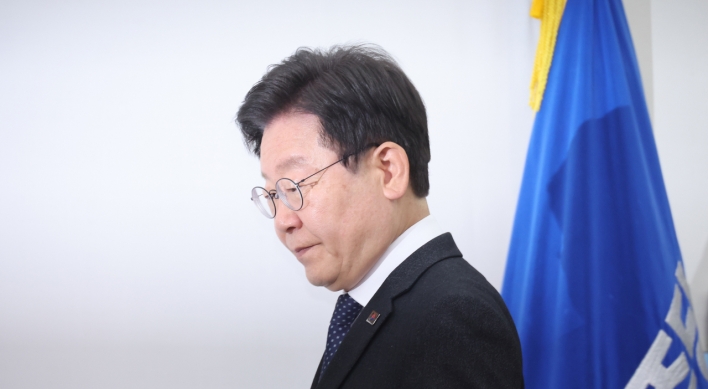Established in 1961, the Industrial Bank of Korea has continued to focus on supporting small and medium-sized enterprises as a state-controlled lender.
In the long-term, the bank is set to prepare to become a comprehensive financial services provider.
It has been enhancing its investment banking capability as it seeks to diversify its business portfolio.
In the long-term, the bank is set to prepare to become a comprehensive financial services provider.
It has been enhancing its investment banking capability as it seeks to diversify its business portfolio.

The bank’s primary objective is to “promote independent economic activities of small and medium-sized enterprises and to enhance their economic position in the Korean economy.”
Due to this public policy role, the government retains full control over IBK including the appointment of management, approval of budgetary and operation plans of the bank.
An amendment was made to the IBK Act in 2003, giving the bank more autonomy in its operations.
Among other activities, the bank was allowed to invest in the equities and debt securities of the SMEs and to set up budgeting requirements for general and administrative expenses besides labor costs.
An additional amendment was made to the Articles of Incorporation of the Act in March 2005, granting the state-run bank to utilize more diverse sources of capital.
Due to its critical role in implementing SME promotion policies, it receives the highest level of implicit and explicit support from the government.
Operations are guaranteed in principle by Article 43 of the IBK Act, which states, “The bank will cover any net loss incurred during a particular fiscal year with its reserves and if the reserves are insufficient, the government shall provide funds to cover the deficit.”
As the Article stipulates, if the bank’s reserves cannot cover the annual net losses incurred during operations, the government is legally obligated to replenish the deficit.
Furthermore, it is the only Korean bank which is allowed to issue small and medium industry finance bonds. SMIF bonds provide the Bank with a low cost funding advantage over commercial banks.
The aggregate outstanding balance of SMIF bonds can be issued to twenty times the Bank’s paid-in capital plus its reserves.
(kys@heraldcorp.com)




![[Herald Interview] 'Amid aging population, Korea to invite more young professionals from overseas'](http://res.heraldm.com/phpwas/restmb_idxmake.php?idx=644&simg=/content/image/2024/04/24/20240424050844_0.jpg&u=20240424200058)











![[KH Explains] Korean shipbuilding stocks rally: Real growth or bubble?](http://res.heraldm.com/phpwas/restmb_idxmake.php?idx=652&simg=/content/image/2024/04/25/20240425050656_0.jpg&u=)

